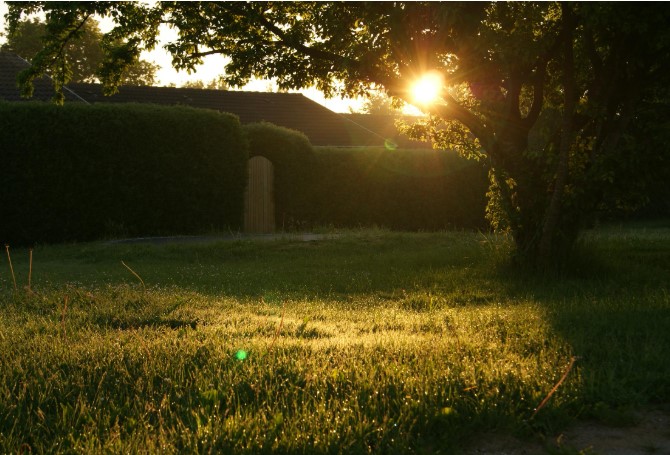When's the last time you looked up at your trees and considered their proximity to power lines? For many homeowners, this potential hazard goes unnoticed until a problem arises. Trees growing too close to electrical lines present serious safety risks, from power outages to fire hazards and even electrocution dangers. As severe weather events become more common across America, understanding how to manage trees near power lines has never been more important.
The Hidden Dangers of Tree-Line Contact
Trees touching power lines create several significant hazards:
- Safety Risks
During storms, a tree branch can pull down live wires, creating deadly electrical hazards. According to the Electrical Safety Foundation International, approximately 400 people die from electrical accidents in the U.S. annually, with tree-line contact being a contributing factor.
- Property Damage
When trees fall on power lines, they can cause extensive damage not only to electrical infrastructure but also to surrounding properties. The financial cost can be substantial.
- Power Outages
Tree-related incidents remain one of the leading causes of power outages across America. Thousands of households experience tree-related outages each year during severe weather.
When to Call Professionals
While routine yard maintenance is often manageable for homeowners, situations involving trees near power lines require professional intervention. If you notice any of the following conditions, it's time to contact a licensed tree service in Lynn MA professional:
- Tree branches within 10 feet of power lines
- Trees growing directly under or alongside utility lines
- Storm-damaged trees leaning toward electrical equipment
- Rapid growth that's approaching power infrastructure
Remember, never attempt to trim trees near power lines yourself. Professional arborists have specialized training and equipment to work safely around electrical hazards. For trees requiring complete removal, including stump removal Lynn MA, seeking assistance from the certified arborists ensures the work is done safely while also considering your landscape's appearance and the tree's health if preservation is possible.
Preventative Measures You Can Take
While management of trees directly touching power lines should always be left to professionals, homeowners can take several preventative steps:
- Strategic Planting
When planning new trees, consider mature height and spread. Small ornamental trees that grow no taller than 25 feet are ideal for areas near power lines. The Arbor Day Foundation recommends that large shade trees be planted at least 50 feet away from utility lines.
- Regular Assessments
Spring and fall are excellent times to evaluate your trees' proximity to power lines. Look for branches growing toward lines or signs of tree disease that could compromise structural integrity.
- Professional Maintenance
Scheduled tree removal Lynn MA services can address problematic trees before they create hazardous situations. Professional arborists can determine when removal is necessary and when strategic pruning might suffice.
Your Responsibility as a Homeowner
In most states, homeowners bear some responsibility for maintaining trees on their property, even when they affect utility lines. Being proactive about tree management not only enhances safety but can save considerable expense and inconvenience down the road.
With proper planning, regular professional maintenance, and responsible management, you can enjoy beautiful trees while keeping your family and property safe from electrical hazards.

Comments on “Is Your Tree Too Close to a Power Line? Here’s What You Need to Know”